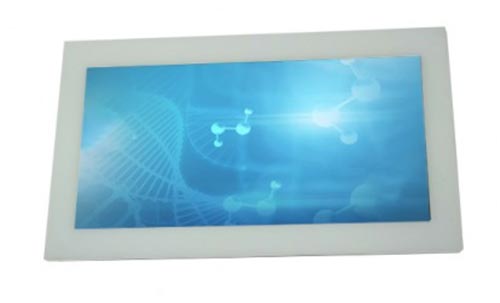How many types of TFT are there?
Views: 481 Update date: Jul 17,2024
Thin-Film Transistor (TFT) technology encompasses several types, each with specific applications and advantages. Here are the main types:
Applications: Commonly used in standard LCD screens, such as those in smartphones, televisions, and computer monitors.
Applications: Used in higher-resolution displays and in displays that integrate additional functionalities, such as touchscreen capabilities.
Applications: Found in high-end smartphones, tablets, and other devices requiring high resolution and flexibility.
Applications: Emerging technology with potential uses in flexible displays and electronic paper.
Applications: Used in high-resolution displays and transparent electronics.
Applications: Mainly in research and specific high-performance applications.
These different types of TFTs cater to various display technologies and applications, balancing factors like cost, performance, and manufacturing complexity.
1. Amorphous Silicon (a-Si) TFTs:
Characteristics: Inexpensive and easy to manufacture.Applications: Commonly used in standard LCD screens, such as those in smartphones, televisions, and computer monitors.
2. Polycrystalline Silicon (Poly-Si) TFTs:
Characteristics: Higher electron mobility than a-Si, allowing for faster switching speeds.Applications: Used in higher-resolution displays and in displays that integrate additional functionalities, such as touchscreen capabilities.
3. Low-Temperature Polycrystalline Silicon (LTPS) TFTs:
Characteristics: Similar to Poly-Si but manufactured at lower temperatures, enabling use on flexible substrates.Applications: Found in high-end smartphones, tablets, and other devices requiring high resolution and flexibility.
4. Organic TFTs (OTFTs):
Characteristics: Made from organic semiconductor materials, offering flexibility and potential for low-cost production.Applications: Emerging technology with potential uses in flexible displays and electronic paper.
5. Oxide TFTs:
Characteristics: Utilize metal oxide semiconductors like IGZO (Indium Gallium Zinc Oxide), providing higher electron mobility and transparency.Applications: Used in high-resolution displays and transparent electronics.
6. Cadmium Selenide (CdSe) TFTs:
Characteristics: Known for their high electron mobility.Applications: Mainly in research and specific high-performance applications.
These different types of TFTs cater to various display technologies and applications, balancing factors like cost, performance, and manufacturing complexity.




